Are candles toxic? This review will discuss the potential health risks associated with using candles and burning candles and how to choose the safest, non-toxic candles.
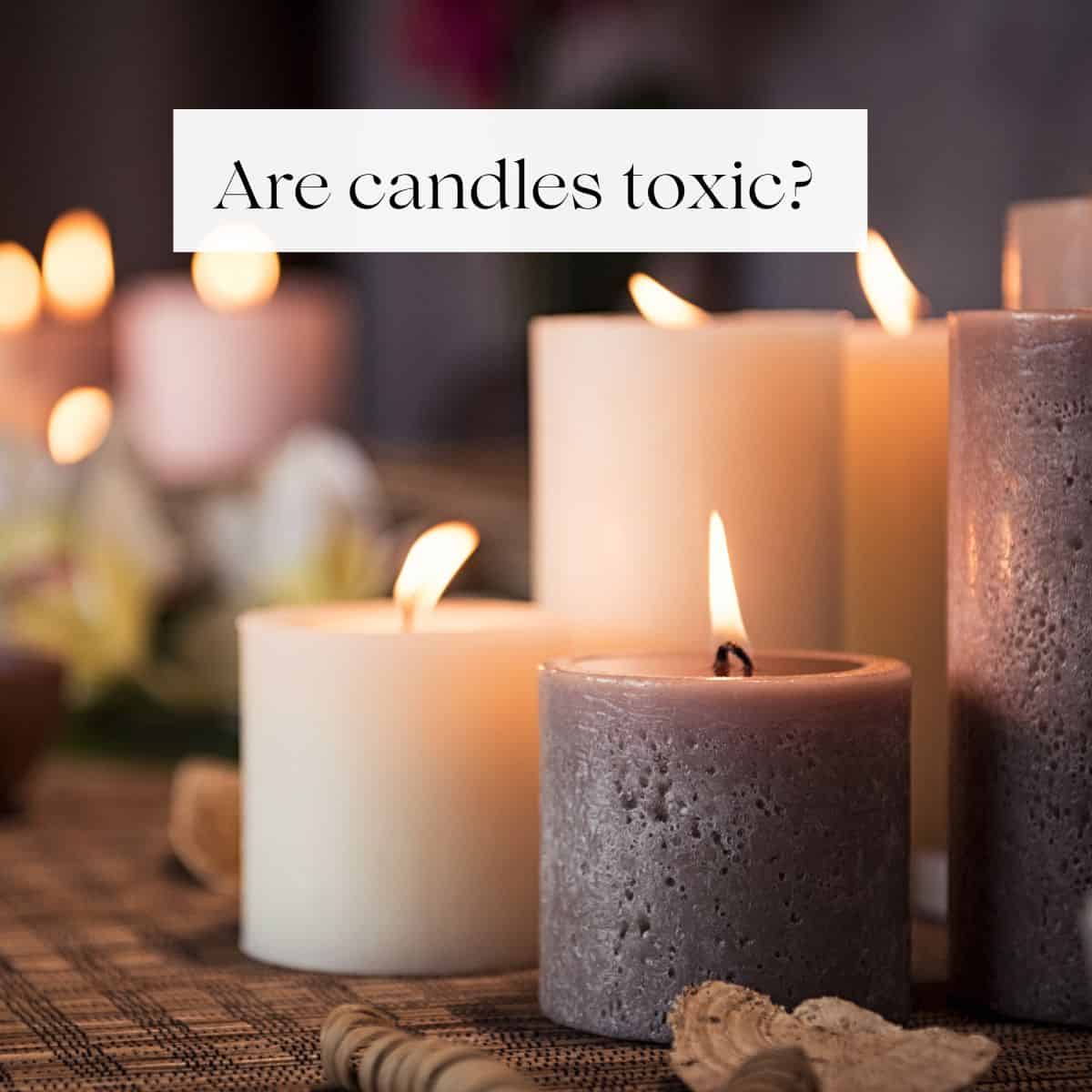
As a doctor I believe that we should be doing more to help prevent diseases before they start, and limiting your exposure to potentially harmful chemicals is one way to help do this. And unfortunately, despite their popularity, candles can be filled with many different harmful ingredients that can have negative health effects. Here I will review the potential health risks of candles, and how to choose safer candles to help reduce their potential risks.
And if you are interested in more ways to help protect your health be sure to read my article on mycotoxins in coffee and non-toxic Canadian beauty brands.
Table of Contents
- Are Candles Toxic?
- Health issues related to candle wax:
- The health risks of candle wicks:
- The risks of the colouring used in candles:
- The risks of the fragrances used in candles:
- The health risks of soot and particulate matter from candles:
- The bottom line: are candles toxic?
- How to choose safer candles:
- Safer candle options:
- How to make burning candles safer:
- Frequently asked questions:
- Other health information you will want to read:
- Our expertise:
Are Candles Toxic?
We have known for many years that traditional candles can be harmful to our health. In 2001, the EPA commissioned studies that determined that candle use is a public health issue and studies done in the 1990’s showed that they can be harmful. The EPA report from 2001 was very clear, stating that “burning several candles exceeded the EPA’s 10-6 increased risk for cancer for acetaldehyde and formaldehyde, and exceeded the RfC for acrolein."
In other words: candles release chemicals that are known to cause cancer as well as other health problems. The other issue is that you don’t even have to burn the candles for them to be harmful, studies have shown that even before burning, candles can emit health harming substances.
But the candle industry is a huge industry. According to the National Candle Association, the annual retail sales of candle products in the US is estimated to be $3.14 billion. In other words, candle companies are making a lot of money, and it would be detrimental to their bottom line if their products were advertised as harmful to health.
Complicating the matter even more is the fact that manufacturers of scented products (including candles) are not required to disclose all the ingredients used in their products, as fragrances are considered to be trade secrets. So even if you are trying to find products that are safe to use, it can be very difficult to know what you are really buying because the ingredients don't have to be listed on product labels.
Additionally, there are no laws to require manufacturers to prove the safety of their retail products (unlike medications for example). So even if a brand sells you a product that is harmful to your health, legally there is nothing that can be done about it.
When it comes to candles, there are many potentially harmful ingredients that can be used in them. To make all of this easier to understand I am going to break down these ingredients one-by-one.
Health issues related to candle wax:
The base of any candle is the wax, and this is where the health problems and harmful ingredients can start. The most popular choices are paraffin wax, soy wax, coconut wax, beeswax, and palm wax. Paraffin wax is the most harmful, and unfortunately, is also the most commonly used wax in the United States and Canada.
Paraffin wax risks:
Paraffin wax is a by-product of crude oil refinement, so not only is it not the most environmentally friendly wax option, but it can also be harmful to health.
Numerous studies have shown that burning paraffin wax is harmful to our health. The majority of emissions from paraffin wax candles consist of volatile organic compounds (VOCs) including alkanes, wax esters, alkanoic and alkenoic acids, alkenes and polycyclic aromatic hydrocarbons.
Many studies have shown that exposure to aromatic hydrocarbons can increase the risk of bladder cancer, and the identification of this risk lead to an improvement of safety measures in the chemical industry and a gradual decrease of bladder cancer in workers, however, what has not yet been addressed is the chronic exposure to aromatic hydrocarbons from other sources, including candles.
When burned, paraffin scented candles emit toxic chemicals like toluene and benzene into the air and frequently lighting candles in an unventilated space could lead to health problems including respiratory issues such as aggravating asthma, causing headaches, causing allergic reactions, or irritating the respiratory tract.
A Polish study showed that the air quality around paraffin candles is similar to the air quality around a combustion engine and I’m pretty sure you’d never consider running a combustion engine in your home!
The 2001 EPA report found that burning several candles exceeded the EPA’s 10-6 increased risk for cancer for both acetaldehyde and formaldehyde. It also exceeded the RfC for acrolein (meaning it exceeded the level that is deemed safe for health).
Soy Wax
Fortunately, when it comes to our health, soy wax in candles is generally safe. Burning soy wax candles does not impact air quality. However, the one thing to be aware of is that most soy on the market is genetically modified. So when looking at soy candles, check whether it’s non-GMO soy as you want to try and stay away from genetically modified soy due to the health harmful pesticides used in the production of GMO soy.
Beeswax:
Beeswax is a great option that is not only environmentally friendly, but is also safe for human health. It’s naturally infused with honey which gives it a naturally sweet, subtle fragrance. The strength of the fragrance will depend on the flowers or plants the bees were feeding on.
Another benefit of beeswax is that it has a longer burn time when compared to paraffin wax so the candles will last longer. But just be aware, that to be labelled as a beeswax candle in the US, current labeling laws only require a candle to be 51% beeswax, so make sure you are purchasing 100% beeswax candles.
Coconut wax:
Coconut oil is considered a carrier oil for use in making candles. It cannot be used alone in candles so is often combined with beeswax, or soy wax. When it comes to our health, coconut wax is a great option because it's safe. Coconut wax also has a slower burn than soy wax and paraffin wax so using coconut wax helps the candles last longer.
Palm wax:
From a health perspective, palm wax is a great choice. Palm wax is produced by hydrogenating palm oils and is similar to soy wax in that it is made from natural oil. Palm wax is often blended with soy wax to make it harder. But just be aware that the production of palm oil is devastating rain forests and endangered animals so if you are purchasing candles made with palm wax, be sure to look for brands that use sustainable palm oil.
The health risks of candle wicks:
Classically the core of wicks was made out of lead because it kept the wick standing straight when the surrounding wax began to melt and prevented it from falling over. However, lead is quite toxic, and lead exposure is dangerous, especially for young children. Fortunately, in 1974 the candle industry decided to voluntarily ban lead-core wicks. However, not all brands followed that rule, but in 2003, lead was officially banned by the Consumer Product Safety Commission so lead wicks are no longer used in most candles.
However, you can still find lead in wicks that are coming from other places like Mexico and China, so always check where your candles are produced. In most cases, lead has now been replaced with zinc or tin. Instead, I recommend looking for 100% cotton wicks or wood wicks instead to ensure they are safe for your health.
The risks of the colouring used in candles:
Yes I know, coloured candles look pretty. But sadly that colouring is usually not good for your health. Most times candles are coloured using petroleum by-products. This is a problem because when you burn fossil fuels, they release harmful chemicals into the air, similar to what you would find in the emissions from a combustion engine.
I should note that it is possible to colour candles with natural colorants like kelp, annatto seeds, orange peel, paprika or rosehips, so if you are looking for a coloured candle, be sure to ask what the candles have been coloured with.
The risks of the fragrances used in candles:
If you have followed me for a while you have heard me talk about the dangers of fragrances before. The problem with fragrances is that they are considered to be trade secrets (this applies to fragrances used in any industry - whether it be perfume, shampoo, body wash, deodorant etc). This means that a company doesn’t have to disclose any of the ingredients used to make that fragrance.
Hidden in the term "fragrance" can be numerous chemicals or ingredients that could be harmful to your health and you don’t get to know what any of them are. There are thousands of different ingredients that a company can use to make a fragrance, and ingredients in fragrances can be carcinogens, hormone disruptors, allergens, airway irritants, neurological-toxins and ingredients linked to infertility.
When it comes to candles, the biggest issues with the synthetic fragrances used are the phthalates and musks.
Phthalates are hormone disruptors and are linked to infertility, weight gain, lowering the IQ of children, and cancers. Additionally, having synthetic fragrances inside of wax can make air quality worse, exposing us to particulate matter and VOC’s from those chemical reactions. Phthalates in fragrances have also been linked to bladder cancer.
As well, according to the Environmental Working Group, 95% of the chemicals used in synthetic fragrances are derived from petroleum and include benzene derivatives, such as toluene, which is known to cause urothelial/bladder cancer.
Instead of synthetic fragrance oils, I recommend looking for candles scented with pure, essential oils instead, or look for unscented candles. These are much safer, although even these are not perfect, especially if you have kids or pets in the home. There are certain essential oils that are harmful for children and pets to breathe in or come into contact with. For a full list of essential oils that are safe to be used around children and pets please refer to The Essential Oil Safety guide.
The health risks of soot and particulate matter from candles:
According to the EPA, the stronger smelling your candle, the more soot it produces. This soot is known as Black Soot Deposits (BSD) and can destroy your home. The worst offenders when it comes to soot are candles that are soft to the touch or advertised as "super scented."
One of the problems with soot is that it easily builds up in your home. It settles on surfaces and tends to accumulate in certain areas such as in vents, and on and around televisions. Soot is especially harmful to the respiratory tract and can cause or trigger asthma attacks. The best way to limit the soot coming from your candles is to keep the wicks cut short.
The bottom line: are candles toxic?
Yes, many studies show that candles can be harmful to our health. They release various aromatic and non-aromatic compounds, including but not limited to volatile organic compounds (VOCs), semivolatile organic compounds (SVOCs), and particulate matter (PM). The inhalation of these substances, particularly VOCs, is linked to irritation of the eyes, nose, and throat, nausea, difficulties breathing, and damage to the central nervous system and other organs.
As well, the artificial fragrances used to scent candles can contain phthalates which are endocrine disruptors that can have various negative health effects.
How to choose safer candles:
It is important to note that no candle will be 100% safe for your health as all candles will produce a certain amount of soot and VOCs, but the good news is that you can significantly decrease the toxicity of candles by choosing natural candles made with beeswax, soy wax, palm wax or coconut wax and that are scented with pure essential oils or that are unscented. These are still not 100% safe but will release much less VOCs into your home and will expose you to fewer harmful toxins.
Safer candle options:
I have not been able to review every brand of candle on the market but here are a few less toxic candle options.
- Fontana Candle Company - use the code DRERINCARTER to get 15% off!
- Primally Pure candles - use the code PUREANDSIMPLE to get 10% off!
- Milk Jar essential oil candles (note that not all of their candles use essential oils so just be aware of that when you are shopping to only choose their essential oil candles.
- Rocky Mountain Soap candles
If you know of other safe candle brands please let me know and I will review them and add to this list!
How to make burning candles safer:
No matter what type of candles you use, you can make them safer by ensuring that the room has good ventilation and is well ventilated after burning the candle to eliminate the accumulated chemical substances and decrease the indoor air pollution generated during burning.
Having an air purifier can also help remove the harmful substances generated from burning candles from your home.
Frequently asked questions:
Based on this review I will say yes. They are made with paraffin wax, most use fragrances as well as other ingredients that are known to be harmful to our health. The nice thing is that Bath and Body works actually links the safety data for their candles on their website so you can read further if you like.
Yes! These candles are made with paraffin wax and scented with fragrances, all of which have been shown to be toxic and harmful to our health.
This really depends on the ingredients used to make them. Be sure to avoid candles made with paraffin wax, fragrances and lead wicks.
I hope you found this helpful! If you did be sure to share this post with your friends!
Other health information you will want to read:
Our expertise:
Dr. Erin Carter, MD, FRCPC, is a physician with board certifications in internal medicine and rheumatology. She is passionate about nutrition, environmental health and low toxicity living and has been doing research and publishing information in this area for years.

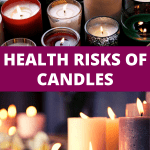
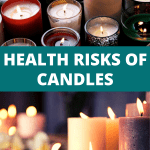
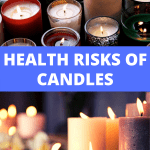
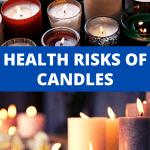

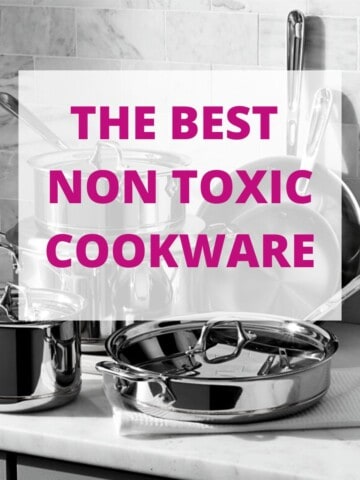
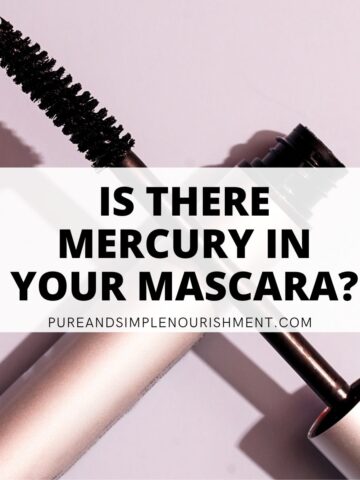

Leave a Reply